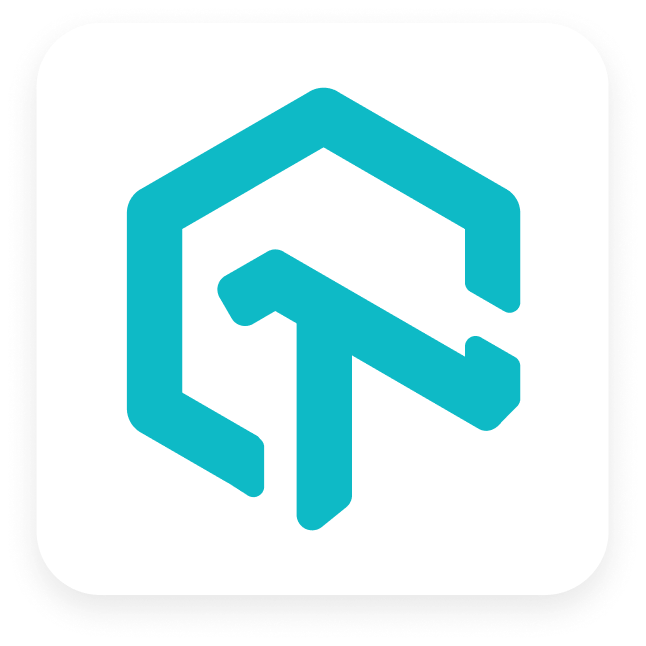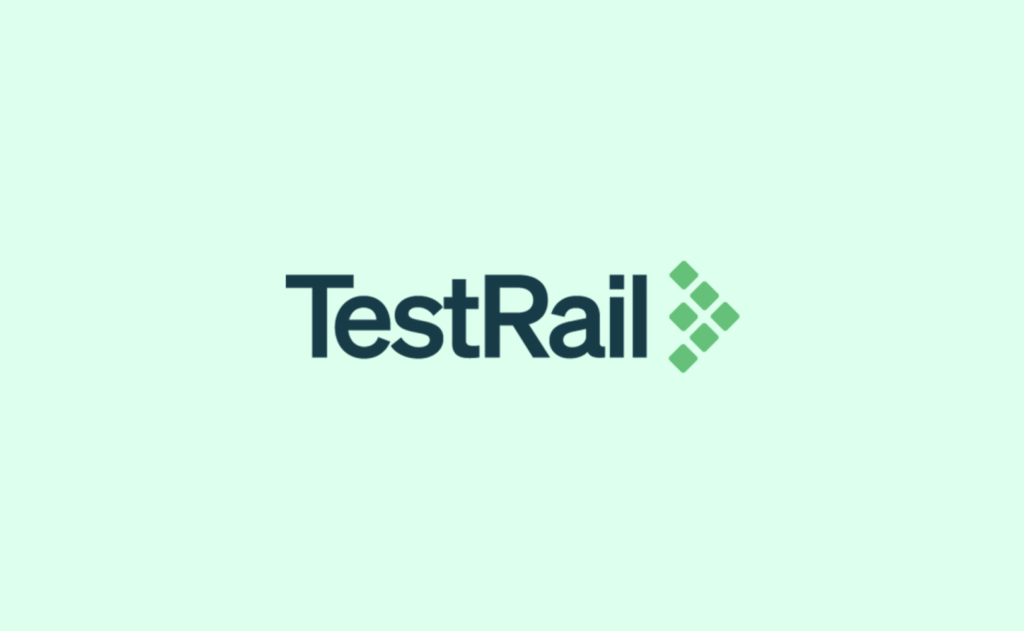Quick Summary
LambdaTest is a cloud-based cross-browser testing platform designed to help development and QA teams test their websites and web applications across a wide range of browsers, operating systems, and real devices.
Its primary use case is to provide a comprehensive testing infrastructure that eliminates the need for teams to maintain their own costly and complex device labs.
How We Analyzed TestRail Reviews
Our evaluation of LambdaTest is based on a multi-faceted approach. We conducted hands-on testing of the platform's core features, analyzed its UI/UX for ease of use, reviewed its integration capabilities with CI/CD and project management tools, and performed a detailed analysis of its pricing structure.
To provide a balanced perspective, we also aggregated and synthesized feedback from over 1,800 verified user reviews on G2, focusing on recurring themes in both praise and criticism.
| Number of Reviews (G2) | 1,800+ |
| Overall Star Rating (G2) |
|
| Ease of Use |
|
| Quality of Support |
|
| Ease of Setup |
|
| Minimum Pricing | $25/user/month |
| Users per Plan | 1+ (per-user model) |
| Analytics & Reporting |
|
| Test Case Management |
|
| CI/CD Integration |
|
| Jira Integration |
|
| Flaky Test Management |
|
| Best For | Scalable web, mobile, and API testing for teams of all sizes. |
The platform offers a broad set of features, including live interactive testing, automated screenshot testing, and responsive testing.
For automation, it provides a Selenium and Cypress Grid that allows teams to run tests in parallel, aiming to reduce execution time.
It also supports newer frameworks like Playwright and offers features for mobile app testing on real devices and emulators.
TestRail Comparisons
Top Rated TestRail Alternatives
Currents
Allure TestOps
DataDog
Pros
- • Provides extensive test coverage with access to over 3,000 browsers and real devices, eliminating the need for costly in-house labs.
- • Features an intuitive interface and simple setup process, making it highly accessible for core manual and automated testing tasks.
- • Integrates seamlessly with a wide variety of CI/CD, project management, and collaboration tools like Jira and Slack.
- • Supports a broad range of automation frameworks, including Selenium, Cypress, and Playwright, allowing for parallel test execution.
Cons
- • Suffers from significant and widely reported performance issues, including laggy live sessions and slow test execution speeds.
- • The pricing structure is considered expensive by many users, creating a poor price-to-value ratio, especially when performance is slow.
- • The user interface becomes complex and overwhelming when using advanced features, creating a steep learning curve beyond basic tasks.
- • Standard plans have limited data retention policies (e.g., 30 days), which hinders long-term analysis of test stability and trends.
In-Depth LambdaTest Features Analysis
Smart Reporting and Debugging
| Failure Categorization |
|
| Flaky Test Detection |
|
| Root Cause Analysis |
|
| Predictive Insights |
|
| AI Evolution |
|
| Learning Capability |
|
LambdaTest provides solid foundational features like flaky test detection and AI-powered failure categorization. It can group common errors, which helps teams see high-level patterns.
However, it falls short in providing deep, actionable root cause analysis. The insights are often surface-level, telling you that a test is flaky but not giving you the deep context needed to fix it efficiently.
It lacks predictive capabilities to forecast potential quality issues or a learning mechanism that adapts to your team's specific failure patterns.
Team Collaboration
| PR/Code Review Integration |
|
| Slack/Jira Integration |
|
| Client Management |
|
| Approval Workflows |
|
| Authentication |
|
| Compliance |
|
| Audit Trails |
|
Collaboration is a strong point for LambdaTest regarding integrations. One-click bug logging to Jira and notifications in Slack are well-implemented and save time. The platform supports standard authentication methods like SSO and offers role-based access control.
However, it lacks more advanced approval workflows and client management features that are sometimes needed for consulting or agency environments. Audit trails are present but may not be as detailed as required for enterprise-level compliance.
Analytics and Test Coverage
| Dashboards & Trends |
|
| Historical Analysis |
|
| Data Retention |
|
The platform includes customizable dashboards that provide a good overview of test execution trends and pass/fail rates. You can track historical data to see how test suite stability changes over time.
The main limitation is data retention. On standard plans, test artifacts and logs are often deleted after 30 days, which is insufficient for teams that need to perform long-term analysis of test flakiness or quality trends.
CI/CD Speed and Integration
| Framework Support |
|
| Framework Expansion |
|
LambdaTest has broad support for numerous automation frameworks, including Selenium, Cypress, Playwright, and Appium. Its integration with over 20 CI/CD tools is seamless, making it easy to plug into an existing pipeline.
The company is also proactive in adding support for new frameworks and versions, ensuring teams can work with modern technologies.
Ease of Use/ Setup
| UI/UX |
|
| Ease of Setup |
|
Getting started with LambdaTest is very easy. The initial setup is fast, and the documentation is clear enough to get your first test running in minutes. The UI/UX is excellent for basic tasks.
However, as mentioned in the "Cons" section, the user experience can degrade as you move into more complex areas. The UI becomes cluttered and less intuitive, creating a usability gap between novice and expert users.
Customer Support
| Response Time |
|
| Live Chat |
|
| Phone Support |
|
| Professional Services |
|
| Training |
|
Customer support is generally responsive, with live chat available for quick questions. The documentation and training materials are comprehensive, helping users solve common problems on their own.
However, phone support and dedicated professional services are typically reserved for higher-tier enterprise plans, which may be a limitation for smaller teams needing more hands-on help.
Pricing and Plans
LambdaTest offers a tiered pricing model that varies based on the specific product (like Live, Automation, or HyperExecute) and is primarily driven by the number of parallel tests and user seats. They provide a range of plans to suit different needs:
Free
* Prices may vary. Check official website-
Unlimited Users
-
300 minutes of Testing
- • 100 accessibility tests per organisation
- • Automated summary reports for build runs
- • Auto Test Retries
$199 /month
* Prices may vary. Check official website-
Unlimited Users
- • Automated report generation
- • Test Insights & Analytics
- • Secure Secret management
- • Manual Accessibility DevTools Tests
Custom
* Prices may vary. Check official website-
Unlimited Users
-
Custom Data Retention
- • Automated report generation
- • Test Insights & Analytics
- • Secure Secret management
- • Manual Accessibility DevTools Tests
- • Custom Framework Support
Pro Plan
For Dev teams shipping to production
$39 /month
* Prices may vary. Check official website-
Everything in community, plus:
-
25,000 test executions/month
-
Up to 5 users
-
Trends analysis
-
Custom alerts & notifications
-
Slack integration
-
Email support
Alternatives to LambdaTest
The best tool for your team depends on your specific needs, primary testing framework, and budget. While LambdaTest is a strong contender for cross-browser coverage, other tools may be superior for particular use cases like test analytics or observability.
TestDino vs LambdaTest: Which one works better?
For teams focused on maximizing the efficiency and reliability of their Playwright test automation, TestDino is the superior solution.
While LambdaTest offers a broad testing grid, it functions as a general-purpose tool where deep analytics is an add-on, not the core focus. This leads to surface-level insights and a workflow that still requires significant manual debugging time.
TestDino is built from the ground up as a Playwright-native reporting and analytics layer. It doesn't just run your tests; it understands them.
By focusing on deep, AI-driven failure analysis and a developer-centric workflow, TestDino directly addresses the primary weakness of platforms like LambdaTest: the slow, manual process of debugging automated tests.
- Actionable AI Insights: TestDino's AI automatically categorizes test failures as Actual Bugs, UI Changes, or Unstable Tests, saving significant triage time.
- Developer-Centric Workflow: The platform is designed for developers, offering deep PR integration and branch-specific analytics to provide fast feedback and accelerate fixes.
- Playwright-Native Simplicity: Setting up TestDino is simple, requiring just one step in your CI pipeline and using standard Playwright reports without needing a custom framework.
- Faster Debugging: TestDino reduces debugging time by consolidating all test evidence, such as logs, screenshots, and traces, in a single, easily accessible location.
FAQs
LambdaTest supports Playwright, but it treats it as just another framework to run on its grid. For teams that want to get the most out of their Playwright tests, a native solution like TestDino offers much deeper, more actionable insights into test failures and performance.



